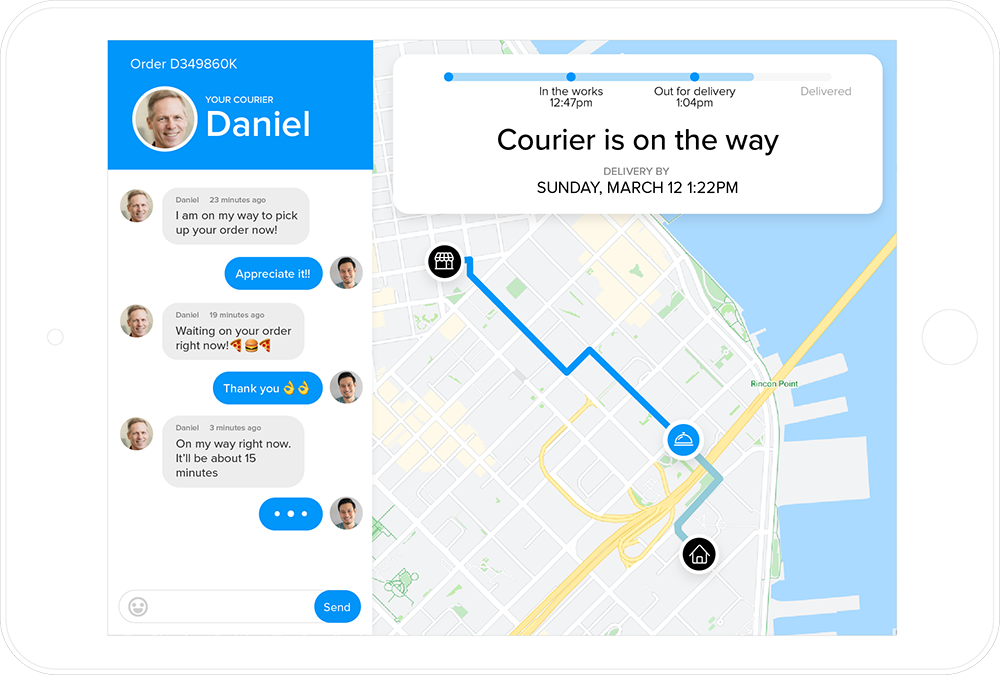What is AWS Step Functions
AWS Step Functions is a serverless orchestration service that makes it easier to sequence AWS Lambda functions and multiple AWS services into business-critical applications. You can build applications from individual components through visual workflows, each performing a discrete function, allowing you to scale and update applications quickly. AWS Step Functions manages the operations and underlying infrastructure to ensure your applications are available at any scale.
Think of AWS Step Functions as an extension of AWS Event Bridge. It waits for a specific event or, in this case, action to complete and, based on that action, decides the next lambda or ECS function/task to invoke based on some logic.
How does AWS Step Functions work
AWS Step Functions coordinate the components of distributed applications and microservices using visual workflows. You define your application's workflow through a state machine, where each state can represent a specific task (like invoking a Lambda function, running an ECS task, or choosing between different execution branches). These tasks are run in order, as defined by your workflow, with the service automatically handling the transitions between each step, retrying failed steps as necessary, and ensuring that the application executes in an orderly, reliable manner. It's notably adept at handling error paths and parallel executions, simplifying the complexities of these tasks.
Use Cases
There are several practical use cases for AWS Step Functions, showcasing its flexibility and power. For instance, data processing pipelines benefit significantly from Step Functions for orchestrating data collection, cleansing, transformation, and analysis workflows. Also, it's highly effective for automating IT and system administrative processes, such as provisioning resources, orchestrating software deployments, and automating backup and restore strategies. Moreover, it offers a robust solution for implementing complex business processes, like order fulfillment, financial transactions, and customer onboarding. Another was for automating your code deployments if AWS Code Deploy as well.
How to Connect AWS Step Functions to PubNub
When integrating AWS Step Functions with PubNub, you can leverage the strengths of both platforms to create highly efficient, scalable, and real-time workflow solutions. Here is how they can work together:
Event-Driven Orchestration:
AWS Step Functions can orchestrate workflows based on events processed in real-time by PubNub. For example, in a real-time bidding system, bids received through PubNub can trigger a Step Functions workflow that processes the bid, checks for compliance, update the database, and broadcasts the new bid status back to all connected users via PubNub.
Real-Time Updates in Workflows:
During the execution of a workflow in Step Functions, you can use PubNub to provide real-time updates to users about the status of their requests or processes. This is ideal for scenarios such as order processing, where customers can receive instant updates about their order's progress.
Combining Microservices and Real-Time Messaging:
Step Functions can manage complex workflows involving multiple AWS services (like Lambda, ECS, S3, etc.) and external APIs. PubNub can be integrated within these workflows to facilitate real-time communication between different components or notify users immediately when a particular microservice has performed its task.
Enhancing IoT Workflows:
In IoT applications, AWS Step Functions can orchestrate the data flow from IoT devices to various processing services, while PubNub can send commands back to devices in real-time or update the device's state on user interfaces without any noticeable delay.
Scalability and Reliability:
Both AWS Step Functions and PubNub offer high scalability and reliability. Integrating them allows for efficiently handling massive volumes of messages and complex, multi-step backend processes. This combination ensures the real-time data handling and the backend processing scale seamlessly as the application grows.
